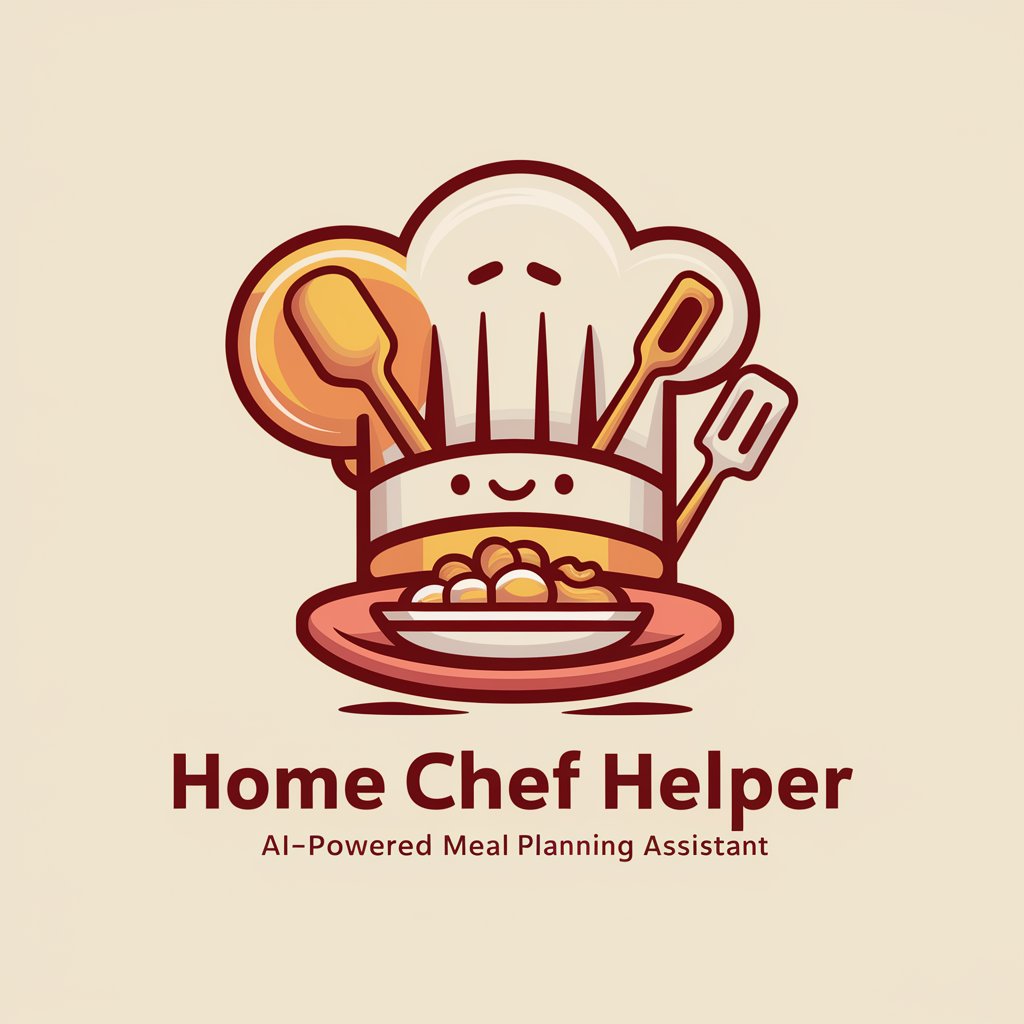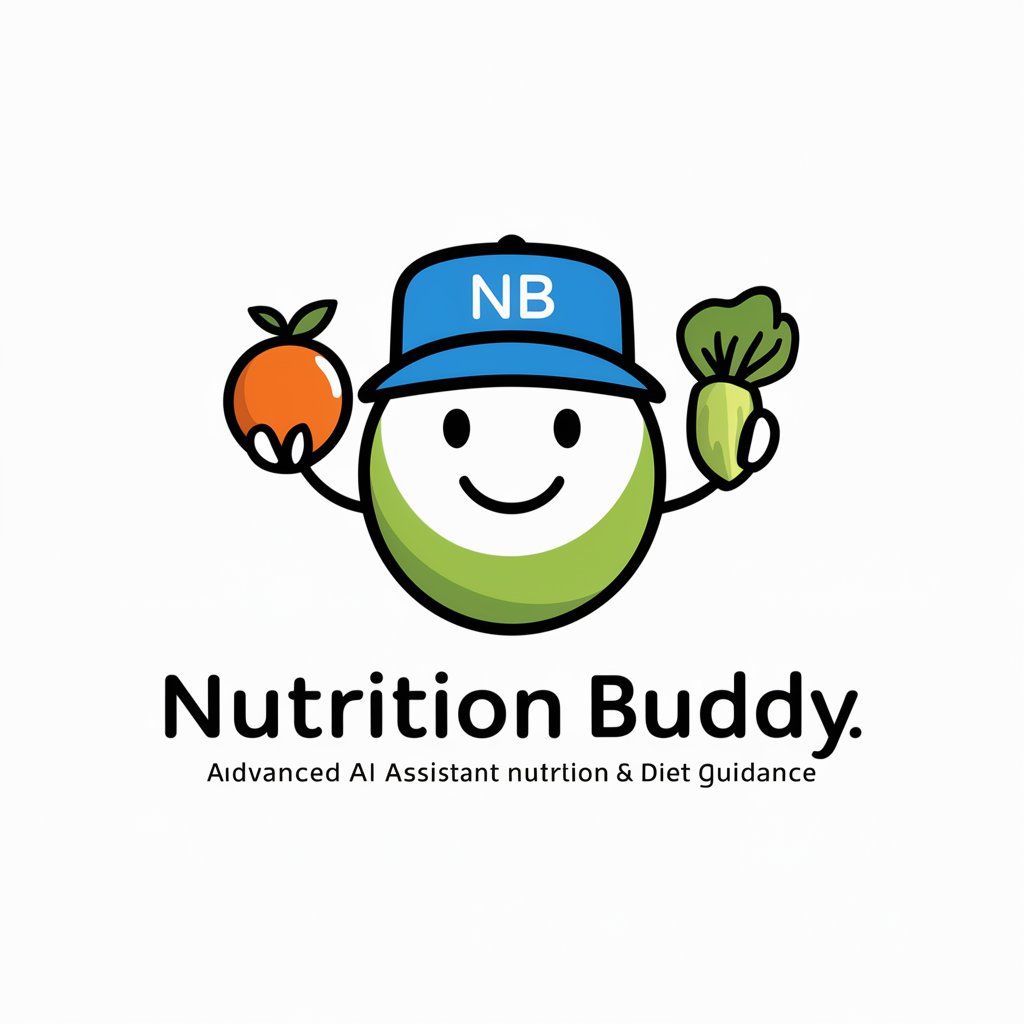8 GPTs for Grocery Assistance Powered by AI for Free of 2025
AI GPTs for Grocery Assistance are advanced tools designed to streamline and enhance the shopping experience. Utilizing Generative Pre-trained Transformers, these AI solutions offer personalized support, from compiling shopping lists to suggesting recipes based on dietary preferences or available ingredients. Their role is crucial in making grocery shopping more efficient, by providing insights based on vast data analysis, understanding user queries with natural language processing, and offering tailored recommendations.
Top 8 GPTs for Grocery Assistance are: Family Dinner Planner,VeGPT,Home Chef Helper,VeGanPT,Nutrition Buddy,Dash Diet Helper,Chef NutriGourmet,How to Cook Lunch
Family Dinner Planner
Revolutionize Your Dinner Time with AI-Powered Planning

VeGPT
Navigating Vegan Choices with AI Power

Home Chef Helper
Your Personal AI Kitchen Assistant

VeGanPT
AI-Powered Vegan Lifestyle Coach

Nutrition Buddy
Empowering Your Dietary Journey with AI

Dash Diet Helper
Revolutionizing DASH Diet with AI

Chef NutriGourmet
Nutrition Meets Culinary Innovation

How to Cook Lunch
AI-powered Lunchtime Cooking Assistant

Essential Attributes of Grocery Assistance AI
AI GPTs for Grocery Assistance are notable for their adaptability, supporting users from planning to purchase. Key features include personalized shopping list generation, recipe recommendations, nutritional advice, and budget management. Advanced language understanding enables interaction in conversational language, while integration capabilities allow for connection with grocery delivery services and inventory management systems. Their unique ability to learn from interactions ensures continuous improvement in providing relevant suggestions.
Who Benefits from Grocery Assistance AI?
These AI GPTs tools are invaluable to a wide audience, including everyday consumers seeking to simplify their grocery shopping, culinary enthusiasts looking for recipe inspiration, and professionals in the food and retail industry aiming for efficiency in inventory management. They are accessible to users without technical expertise, offering an intuitive interface, yet also provide deep customization options for developers and tech-savvy individuals.
Try Our other AI GPTs tools for Free
Retail Promotion
Revolutionize your retail strategy with AI GPTs for Retail Promotion. Leverage cutting-edge technology for personalized content, targeted campaigns, and insightful consumer behavior predictions.
Myth Busting
Discover AI GPTs for Myth Busting: Your solution to combat misinformation and uncover the truth with advanced AI technology.
Theory Analysis
Explore AI GPT tools tailored for Theory Analysis, designed to simplify, analyze, and innovate within theoretical disciplines.
Customized Suggestions
Discover how AI GPTs for Customized Suggestions leverage advanced AI to offer tailored advice and solutions, transforming user experiences with personalized recommendations.
EA Evaluation
Discover how AI GPTs for EA Evaluation revolutionize data analysis with tailored insights, intuitive interfaces, and versatile applications for professionals and novices alike.
Interface Design
Discover how AI GPTs revolutionize Interface Design, offering adaptable, user-friendly tools for designers of all skill levels to enhance creativity and efficiency.
Broader Applications of Grocery Assistance AI
Beyond individual use, these AI tools offer scalable solutions for retailers, enhancing inventory management and customer service. Their integration with existing systems allows for real-time updates and insights, optimizing the supply chain. User-friendly interfaces ensure that these advanced capabilities are accessible to all, heralding a new era of convenience and efficiency in grocery shopping.
Frequently Asked Questions
What exactly are AI GPTs for Grocery Assistance?
They are AI tools designed to help with various aspects of grocery shopping, from list-making to recipe suggestions, using advanced natural language processing to understand and interact with users.
How do these AI tools personalize shopping experiences?
By analyzing user inputs, preferences, and past interactions, the AI provides tailored suggestions, such as personalized shopping lists or recipes that match dietary restrictions.
Can these AI tools help with budgeting for groceries?
Yes, they can track prices and suggest products that fit within the user's budget, helping to manage grocery expenses more effectively.
Are there any language limitations with these AI tools?
While initially available in major languages, these tools continuously learn and expand their linguistic capabilities to cover more languages and dialects.
Can AI GPTs for Grocery Assistance integrate with other apps or services?
Yes, they can be integrated with grocery delivery services, nutritional databases, and even smart home devices for a seamless grocery management ecosystem.
How accessible are these tools for people without coding skills?
These AI tools are designed with user-friendly interfaces that require no coding knowledge, making them accessible to a broad audience.
Can developers customize these AI GPTs for specific needs?
Absolutely. Developers have access to APIs and developer tools that allow for extensive customization and integration into existing systems.
What sets these AI tools apart from standard grocery list apps?
Unlike basic list apps, AI GPTs for Grocery Assistance offer intelligent recommendations, dietary guidance, and personalized experiences, learning from user interactions to continually improve service.